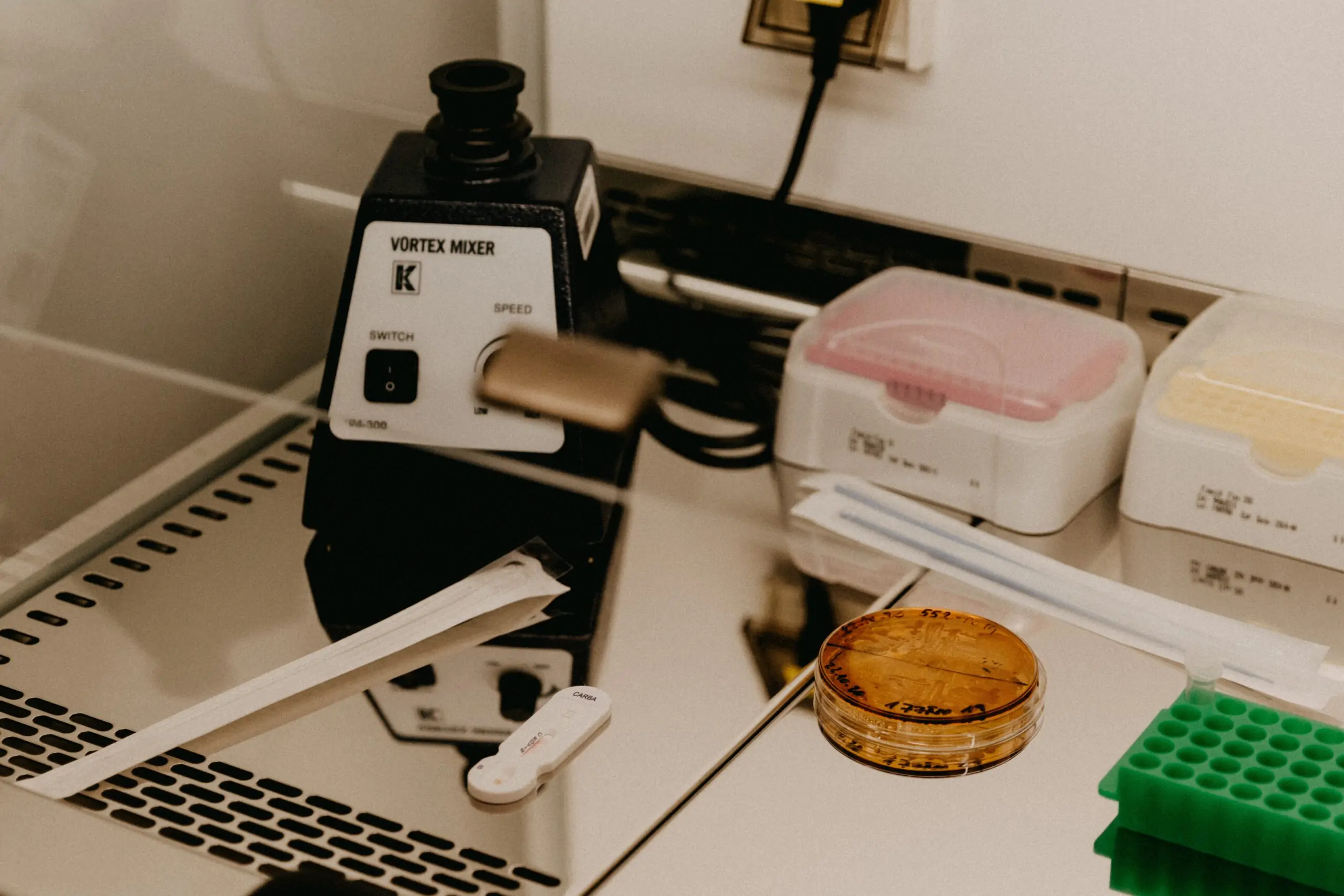Understanding the Difference between Dry Chemistry Analyzer and Fully Automatic Biochemistry Analyzer
When it comes to laboratory testing, efficiency and accuracy are of utmost importance. In the field of biochemistry, two commonly used devices are the dry chemistry analyzer and the fully automatic biochemistry analyzer. While both serve the purpose of analyzing samples, there are distinct differences between the two.
Dry Chemistry Analyzer
A dry chemistry analyzer is a compact and portable device that analyzes samples using dry chemistry technology. It requires a small amount of sample and uses pre-packaged reagents in the form of dry test strips or cartridges. The samples are typically analyzed on-site, providing quick results without the need for a specialized laboratory.
The dry chemistry analyzer offers several advantages. Firstly, it is easy to use, making it suitable for point-of-care testing. Healthcare professionals can perform tests directly at the patient’s bedside, saving time and allowing for immediate diagnosis. Additionally, the dry chemistry analyzer requires minimal maintenance and has a low risk of contamination, ensuring accurate and reliable results.
However, the dry chemistry analyzer also has some limitations. It is primarily designed for basic biochemistry tests and may not offer the same level of comprehensive analysis as a fully automatic biochemistry analyzer. The range of tests available may be limited, and it may not be suitable for specialized or complex assays.
Fully Automatic Biochemistry Analyzer
A fully automatic biochemistry analyzer is a more advanced and sophisticated device used in clinical laboratories. It is capable of performing a wide range of tests, including routine chemistry, immunochemistry, and drug monitoring. The analyzer automates the entire testing process, from sample handling to result interpretation.
Compared to a dry chemistry analyzer, a fully automatic biochemistry analyzer offers greater flexibility and versatility. It can handle a larger volume of samples and provides a comprehensive analysis of various parameters. The device is equipped with multiple reagent compartments, allowing for simultaneous testing of different analytes. Furthermore, it offers advanced features such as automatic calibration, quality control checks, and result validation.
However, with its advanced functionality comes a higher cost and larger footprint. Fully automatic biochemistry analyzers require a dedicated laboratory space and trained personnel to operate and maintain them. The complexity of the device may also result in a longer turnaround time for test results.
Choosing the Right Analyzer
The choice between a dry chemistry analyzer and a fully automatic biochemistry analyzer depends on various factors. For healthcare facilities with limited space and a need for immediate results, a dry chemistry analyzer may be the preferred option. It is cost-effective, portable, and ideal for basic testing.
On the other hand, clinical laboratories that require a comprehensive analysis of a wide range of parameters may opt for a fully automatic biochemistry analyzer. While it may involve a higher initial investment and ongoing maintenance costs, the device offers advanced functionality and accuracy.
In conclusion, both the dry chemistry analyzer and the fully automatic biochemistry analyzer have their own advantages and limitations. Understanding the differences between the two can help healthcare professionals and laboratory administrators make informed decisions about the most suitable analyzer for their specific needs.


